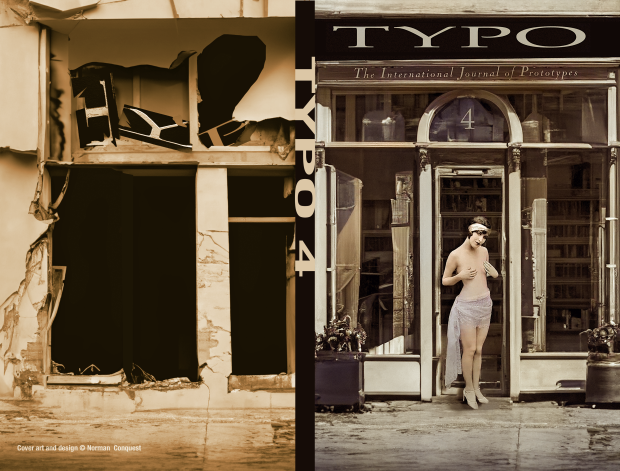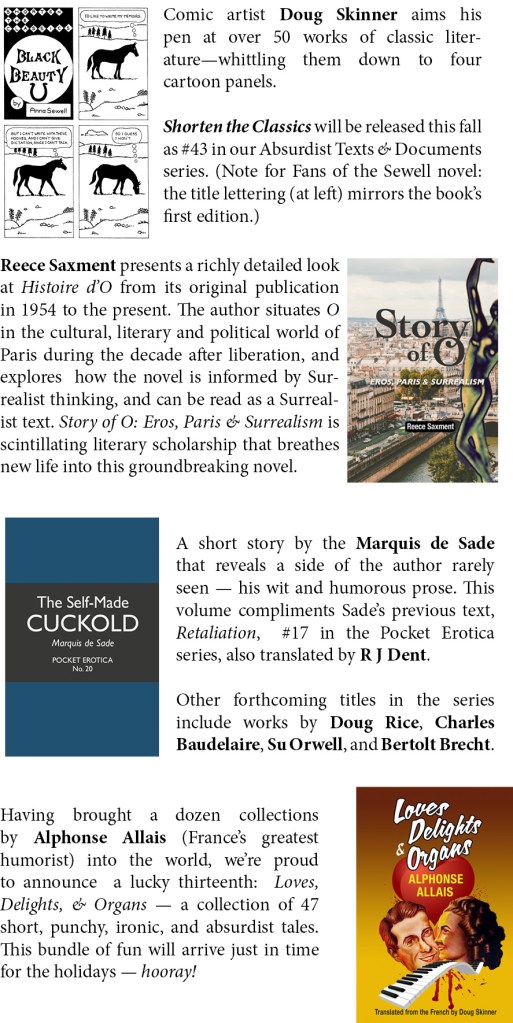An in-depth review of the novel HERE LIES MEMORY by Doug Rice appears in the current issue of AMERICAN BOOK REVIEW.
Here is an except:
THE OLD NEIGHBORHOOD by tara stillions whitehead
“A photograph never remains innocent. Just like a mirror is never innocent.” —Doug Rice
 Those in search of a Faulknerian novel set in Pittsburgh will find themselves easily absorbed by Doug Rice’s lyrical meditation, Here Lies Memory, a book that skillfully braids myriad existential themes to form a multi-tiered narrative suspended between forms. From the relationship between identity and place to the speciousness of sight and words, Rice investigates how simulated realities and gentrification’s continued oppression of already marginalized groups—minorities, the indigent, the addicted, and the psychologically afflicted—distort collective memory and perpetuate dominant culture’s legacy of violent hegemony within the social narrative. Parallel narratives and succulent prose convey this tall order of emotionally charged themes and do so with a sophisticated understanding of narrative balance.
Those in search of a Faulknerian novel set in Pittsburgh will find themselves easily absorbed by Doug Rice’s lyrical meditation, Here Lies Memory, a book that skillfully braids myriad existential themes to form a multi-tiered narrative suspended between forms. From the relationship between identity and place to the speciousness of sight and words, Rice investigates how simulated realities and gentrification’s continued oppression of already marginalized groups—minorities, the indigent, the addicted, and the psychologically afflicted—distort collective memory and perpetuate dominant culture’s legacy of violent hegemony within the social narrative. Parallel narratives and succulent prose convey this tall order of emotionally charged themes and do so with a sophisticated understanding of narrative balance.
Readers are first introduced to Elgin, an African-American Vietnam War vet and widower whose despair over witnessing the continued gentrification and ultimate disappearing of his neighborhood and its history leads him to will himself into blindness. As with many of the characters in Rice’s book, Elgin seeks self-preservation, and blindness is his only means of doing so. “Going blind,” Rice writes, “saved Elgin from the oblivion being created by a world that was too full of things to see. It stopped him from losing what remained of the world that was worth saving…The old neighborhoods were becoming invisible. Renaissance this, renaissance that. Call it what you want, to Elgin it was stealing stories. Memories were dying. Outside, in the world of the seeing, the past was being erased more and more. All that was true was being forgotten.” Disappearing neighborhoods are not the only things at risk of being lost in a world with little regard for the past; Elgin’s memories of his beloved and deceased Thuy, the Vietnamese woman Elgin brought home from the war and married, are equally at risk. And Elgin and Thuy’s teenage grandson Johnny is, for Elgin, the greatest potential threat to her and the family’s eventual disappearance.
The bulk of Elgin’s story involves persistent attempts at making Johnny conscious of his naïveté and complicit ambivalence, and through these encounters, Rice’s commentary regarding the labor involved in creating dialogue between generations becomes apparent. Through sightless Elgin, we also see the importance of the oral tradition of storytelling in keeping blood memories alive. “Your story,” he tells Johnny, “began before you ever began. Before your mother cried her first tear. Before I kissed your grandmother. Before. That’s when words begin making you. In the before.” The before is Elgin’s father, Clarence, whose vitriol regarding the loss of his first love is, according to Elgin, an important part of who Johnny will become. One has to ask, though, is Rice arguing that aspects of one’s history are beyond escaping? Are we forever prisoner to our blood memory? Johnny’s quest to find his great-grandfather’s ghost and, presumably, confront the despair he would rather ignore, is a journey towards knowing the answer; in the end, Johnny’s passive observation of the spectral image of Clarence’s riverside mourning leaves no concrete resolution. Arguably, the final moments of the book foreshadow Johnny’s likely lapse into the same self-preservation that eventually takes Elgin, and Johnny’s surrender to storytelling as the answer to the things we do not know and therefore fear unsettles an otherwise staunch argument about the importance of increased visibility among the marginalized.
Rice explores place and memory simultaneously, removing them from the abstract via analogy: The city of Pittsburgh is as much a physical place—made of words—as it is an amalgamation of memory, or that of touch. Additionally, Rice explores experience and the human condition as something of a script, or a text that is rewritten and storied by the individual and culture. The problem with revision is the lack of consensus. Tenderness for one is violence for another; the simulated is…
-from American Book Review, Volume 38, Number 2,
***
HERE LIES MEMORY is available worldwide on Amazon.



















 Those in search of a Faulknerian novel set in Pittsburgh will find themselves easily absorbed by Doug Rice’s lyrical meditation, Here Lies Memory, a book that skillfully braids myriad existential themes to form a multi-tiered narrative suspended between forms. From the relationship between identity and place to the speciousness of sight and words, Rice investigates how simulated realities and gentrification’s continued oppression of already marginalized groups—minorities, the indigent, the addicted, and the psychologically afflicted—distort collective memory and perpetuate dominant culture’s legacy of violent hegemony within the social narrative. Parallel narratives and succulent prose convey this tall order of emotionally charged themes and do so with a sophisticated understanding of narrative balance.
Those in search of a Faulknerian novel set in Pittsburgh will find themselves easily absorbed by Doug Rice’s lyrical meditation, Here Lies Memory, a book that skillfully braids myriad existential themes to form a multi-tiered narrative suspended between forms. From the relationship between identity and place to the speciousness of sight and words, Rice investigates how simulated realities and gentrification’s continued oppression of already marginalized groups—minorities, the indigent, the addicted, and the psychologically afflicted—distort collective memory and perpetuate dominant culture’s legacy of violent hegemony within the social narrative. Parallel narratives and succulent prose convey this tall order of emotionally charged themes and do so with a sophisticated understanding of narrative balance.
